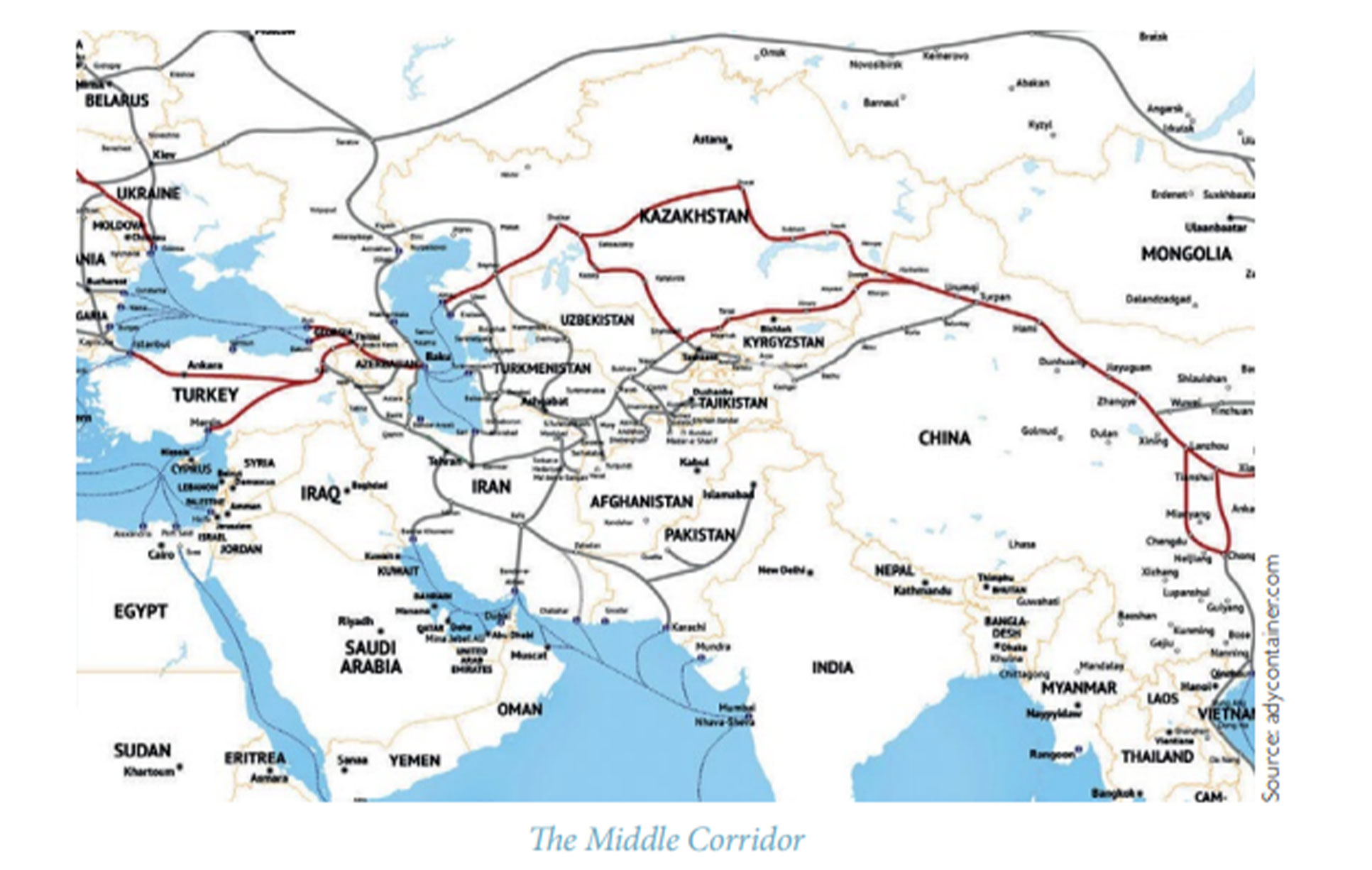 Faridun Sattarov is Head of the Department of Political Science at the University of World Economy and Diplomacy in Tashkent, having previously served as a Research Fellow at the Bioethics and Ethics of Science Section of UNESCO.
Faridun Sattarov is Head of the Department of Political Science at the University of World Economy and Diplomacy in Tashkent, having previously served as a Research Fellow at the Bioethics and Ethics of Science Section of UNESCO.
International transport routes are crucial for international trade, to state the obvious. They generate future economic growth, and help countries gain access and expand into existing and emerging markets across a region or the globe. What we invest in international transport routes is often worth what comes out of them, as the history of industrialization tells us.
Currently, there are three main inland transport routes connecting Asia and Europe: the Northern Corridor (through Russia), the Southern Corridor (through Iran), and the Middle Corridor (through Central Asia and South Caucasus). The unavoidable spillover effects of the ongoing military conflict in Ukraine have brought to the fore issues of the safety of freight traffic along the Northern Corridor, while cargo transportation along the Southern Corridor is problematic due to sanctions against Iran in the crisis-prone Middle East, thus increasing the significance of the Middle Corridor, which runs through Central Asia, the Caspian Sea, the Caucasus, and further into Europe.
The Corridor in the Middle

The Middle Corridor is a convenient shorthand for the Trans-Caspian International Transport Route (TITR). It starts from Southeast Asia and China, runs through Kazakhstan, the Caspian Sea, Azerbaijan, Georgia, Turkey, the Black Sea, and continues onward into Europe.
As an international transport infrastructure project, the TITR set sail in November 2013, when the heads of rail companies of Kazakhstan, Azerbaijan, and Georgia signed an agreement establishing the Coordination Committee for the development of the TITR. In the following years, a few other national companies joined the TITR, eventually leading to the establishment of the International Association “Trans-Caspian International Transport Route” in December 2016.







